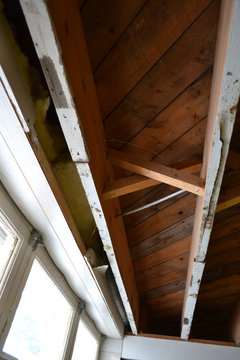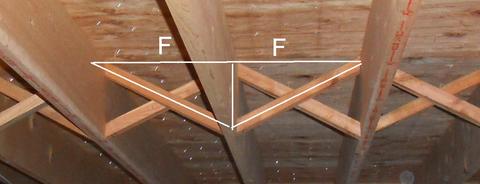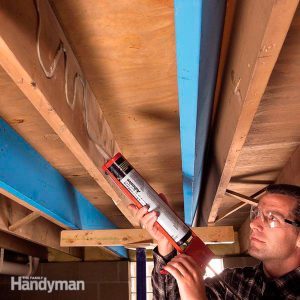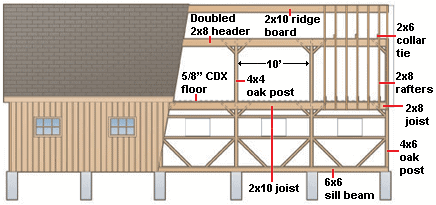Whether your home is new or old it is sometimes necessary to install floor joist bracing in order to eliminate squeaking and deflection in the flooring itself.
Floor joist cross bracing slipping.
The common spacing between floor joists is 16 inches on center.
Even if your joists already have a row of bridging at the center of the span adding a row on each side of the existing bridging will stiffen the floor.
Bracing will stiffen a floor system prevent floor joists from twisting and increase overall stability however there are actually two types of floor joist bracing commonly used.
The difference is that the cross bracing uses two pieces of support in a diagonal shape that creates an x between the joists instead of a solid block in blocking.
Simpson strong tie tension bridging galvanized steel the ltb s are used in floor systems to resist the overturning of floor joists and features a staggered nail pattern.
Thd sku 205173.
Cross bracing and solid blocking.
Residential building code requires the use of cross bracing or blocking for floor joists exceeding 2 inches by 12 inches but many homes especially older ones have.
This can allow for floors to be sturdier and more stable.
This is often referred to as bridging.
Bridging or x bracing allows joists to share weight.
These pieces of lumber help to transfer the load of one joist to the joists on either side of it.
Because of this x shape one brace will be forced upon and under tension while the other brace will be compressed.
As a footstep falls on one joist some of the force is transferred to neighboring joists.


























